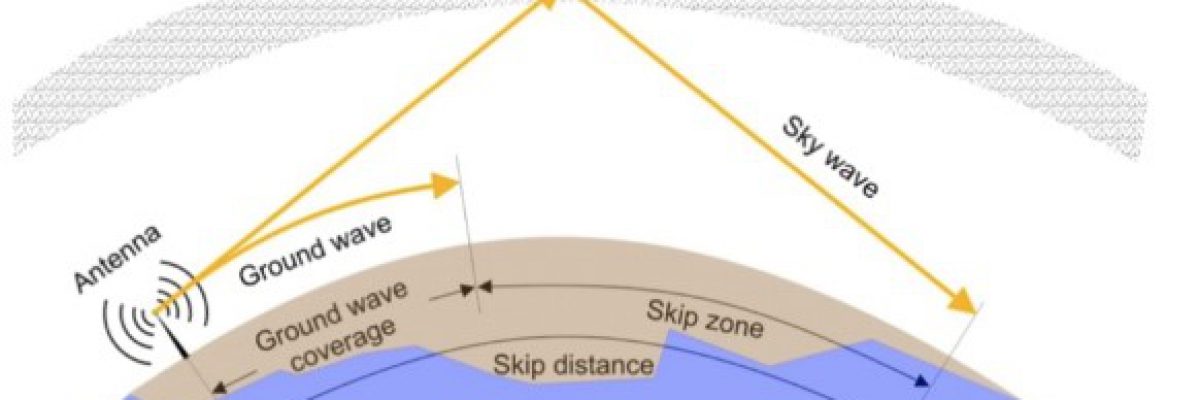The Radio network of the planes crossing the ocean is limited, and in fact there are areas where the plane cannot communicate with anybody. This is due to the length of the radio waves used for communication between the aircraft and the ground stations. A plane contacts the ground stations in two types of radio waves: ground waves and sky waves. The ground waves (low waves), near the ground therefore suffer from many disturbances. Their range is relatively short (about 200 miles) the initial communication with the aircraft immediately after take-off.
As the plane crosses the 200-mile range, the transmission is cut off and the communication moves to longer-range waves – the sky waves (HF).
The sky waves can reach tremendous distances. They leave the ground station, rise to space and return to Earth from the outer layer of the atmosphere – the ionosphere. The problem is that until they are returned, there is no radio reception. This area is known as Skip distance. Thus, a situation is created where, between the edge of the range of the ground waves and the point of return of the sky waves, there is an entire area where the plane is essentially cut off.
This area is called Dead Zone or Skip Zone. This, by the way, does not prevent the aircraft from contacting aircraft flying nearby, but for this purpose a third type of wave, known as direct wave, usually at higher frequency (VHF), is used.
Today, by the way, most communication is done through satellites, and these have already been ruled out with other challenges.






